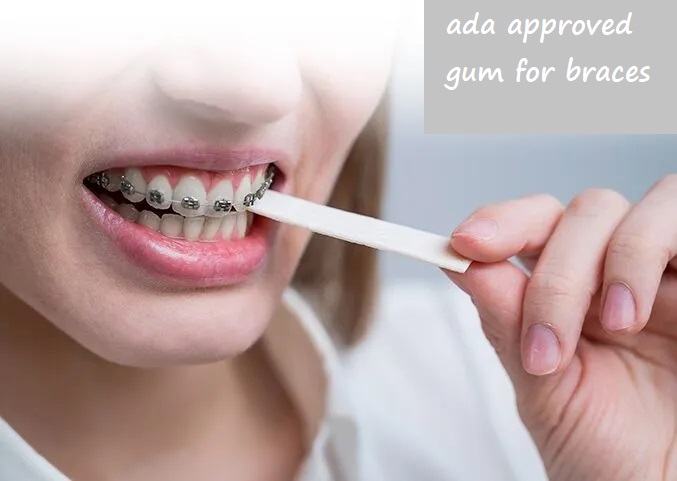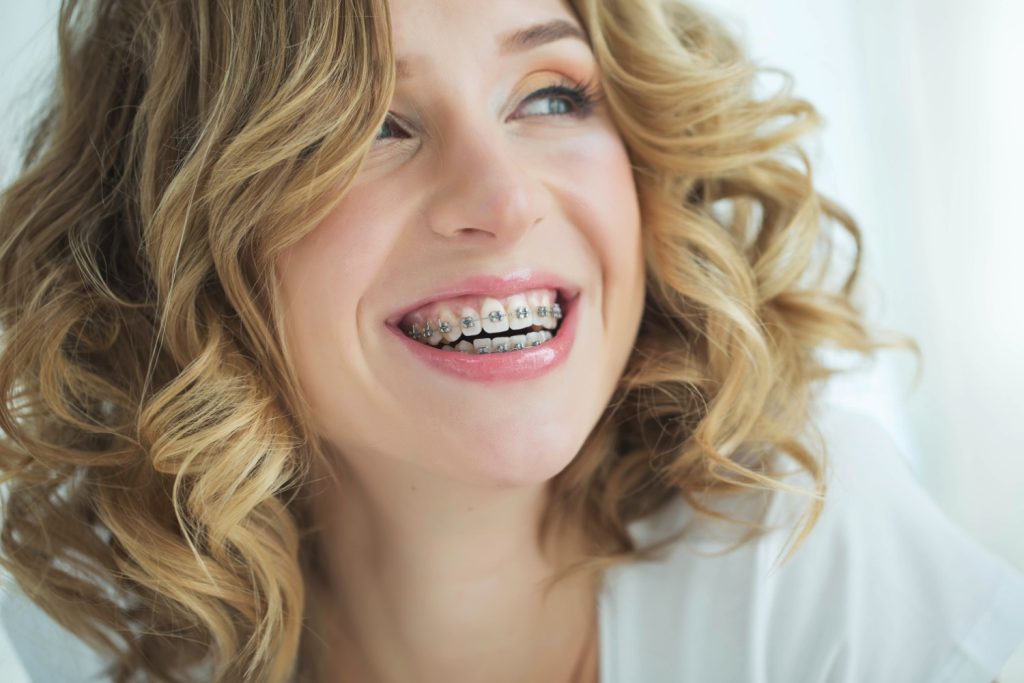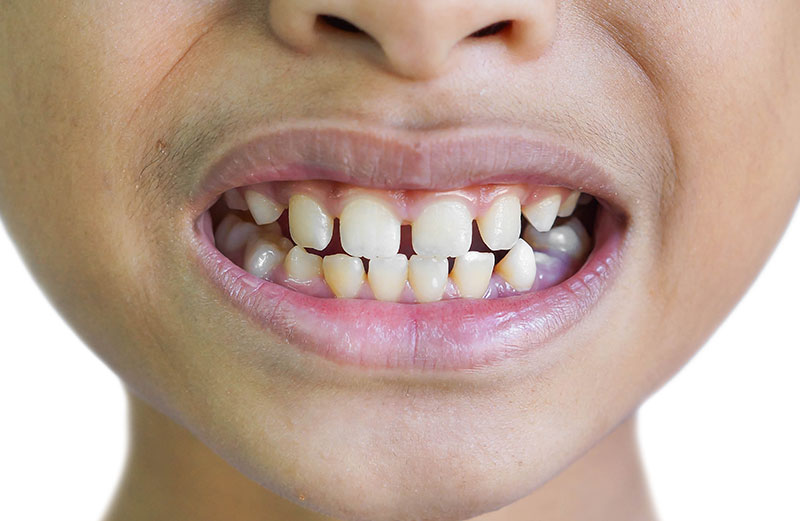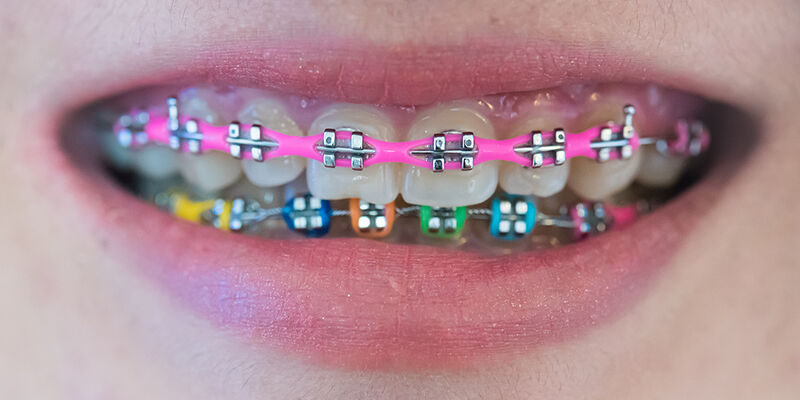ADA approved gum for braces

Chewing gum has long been associated with dental health, but for those with braces, choosing the right gum can be particularly important. The American Dental Association (ADA) provides guidelines and approves certain products that promote oral health, including gum. This comprehensive guide will delve into the benefits, considerations, and recommended types of ADA approved gum for braces.
The Role of Chewing Gum in Oral Health
Benefits of Chewing Gum
- Stimulates Saliva Production: Chewing gum increases saliva flow, which helps neutralize acids produced by bacteria in the mouth and wash away food particles.
- Reduces Plaque and Cavities: Increased saliva helps reduce plaque formation and the risk of cavities by neutralizing acids and providing essential minerals to the teeth.
- Freshens Breath: Gum can help mask bad breath and promote a cleaner mouth.
- Aids Digestion: Chewing gum can help stimulate digestive enzymes and support the digestive process.
ADA Seal of Acceptance
The ADA Seal of Acceptance is a prestigious certification that signifies a product’s safety and effectiveness in promoting oral health. Products with this seal have been rigorously tested and meet the ADA’s high standards.
Chewing Gum and Braces
Considerations for Braces Wearers
- Non-Stick Formulas: Gum that sticks to braces can cause damage or dislodge brackets and wires. Therefore, non-stick formulas are essential.
- Sugar-Free Options: Sugary gum can lead to tooth decay, especially when saliva flow is compromised by braces. Sugar-free gum is preferred to reduce the risk of cavities.
- Xylitol Content: Xylitol is a natural sweetener that helps reduce bacteria in the mouth, making it a beneficial ingredient for those with braces.
Potential Risks
- Damage to Braces: Chewing gum that is too sticky or hard can cause brackets to loosen and wires to bend.
- Increased Risk of Cavities: Sugary gum can increase the risk of cavities, particularly in hard-to-reach areas around braces.
ADA Approved Gum for Braces
Criteria for Approval
- Safety and Efficacy: The gum must be safe for regular use and effective in promoting oral health.
- Non-Stick Formulation: The gum should not stick to braces or dental appliances.
- Sugar-Free: The gum must be free of sugar to reduce the risk of tooth decay.
- Xylitol Content: Gum containing xylitol is preferred for its cavity-fighting properties.
Recommended ADA Approved Gums
- Orbit Sugar-Free Gum: Orbit is a popular choice for braces wearers due to its non-stick formula and sugar-free composition. It also contains xylitol.
- Trident Sugar-Free Gum: Trident is another ADA approved gum that is well-known for its cavity-fighting xylitol content and non-stick properties.
- Extra Sugar-Free Gum: Extra gum offers a variety of flavors and is designed to be gentle on braces while promoting oral health.
How to Chew Gum with Braces
Tips for Safe Chewing
- Choose the Right Gum: Always opt for ADA approved, sugar-free gum with a non-stick formula.
- Chew Gently: Avoid aggressive chewing to prevent damaging your braces.
- Limit Chewing Time: Chewing gum for long periods can strain your jaw and braces. Limit chewing to 10-15 minutes.
- Stay Hydrated: Drink water while chewing gum to help wash away any residue and maintain hydration.
When to Avoid Chewing Gum
- Immediately After Adjustments: Avoid chewing gum right after braces adjustments as your teeth may be more sensitive.
- If Experiencing Pain or Discomfort: If you experience pain or discomfort while chewing, discontinue use and consult your orthodontist.
Maintaining Oral Health with Braces
Brushing and Flossing
- Brush After Every Meal: Brushing after meals helps remove food particles and plaque, reducing the risk of cavities and gum disease.
- Use Orthodontic Tools: Specialized toothbrushes and flossing tools, such as interdental brushes and floss threaders, can help clean around braces more effectively.
Regular Dental Visits
- Routine Check-Ups: Regular dental check-ups and cleanings are essential to monitor oral health and ensure braces are functioning correctly.
- Orthodontic Appointments: Regular visits to your orthodontist are necessary to adjust and maintain your braces.
Diet Considerations
- Avoid Hard and Sticky Foods: Foods like hard candies, nuts, and sticky caramels can damage braces.
- Choose Soft Foods: Opt for soft foods that are gentle on braces, such as yogurt, mashed potatoes, and pasta.
Common Questions About ADA Approved Gum for Braces
1. Why is ADA approval important for chewing gum?
ADA approval indicates that a product has been rigorously tested and meets high standards for safety and efficacy in promoting oral health. For gum, this means it is safe to chew and can effectively contribute to better oral hygiene.
2. Can I chew any sugar-free gum with braces?
Not all sugar-free gums are suitable for braces. It is essential to choose a non-stick, ADA approved gum to prevent damage to your braces and ensure optimal oral health benefits.
3. How often can I chew gum with braces?
Moderation is key. Chewing gum occasionally, such as after meals, can help stimulate saliva and clean your mouth. However, avoid excessive chewing to prevent potential damage to your braces.
4. What should I do if gum gets stuck in my braces?
If gum gets stuck in your braces, carefully remove it with a clean, orthodontic-safe tool, such as an interdental brush or a floss threader. If you cannot remove it, contact your orthodontist for assistance.
5. Is xylitol safe for daily use?
Yes, xylitol is safe for daily use and offers dental health benefits, such as reducing cavity-causing bacteria. Many ADA approved gums contain xylitol for this reason.
6. Can chewing gum replace brushing and flossing?
No, chewing gum cannot replace regular brushing and flossing. It can complement your oral hygiene routine by stimulating saliva and helping to clean the mouth, but it is not a substitute for brushing and flossing.
7. What are the signs that chewing gum is causing problems with my braces?
Signs that gum is causing problems with your braces include loose brackets, bent wires, pain or discomfort while chewing, and increased sensitivity in your teeth. If you notice any of these issues, stop chewing gum and consult your orthodontist.
8. Are there other ADA approved products that can help with braces?
Yes, there are many ADA approved products designed to help maintain oral health with braces, including orthodontic toothbrushes, floss threaders, interdental brushes, and mouth rinses.
9. How does increased saliva flow benefit my oral health?
Increased saliva flow helps neutralize acids produced by bacteria in the mouth, wash away food particles, and provide essential minerals to the teeth. This helps reduce plaque formation and the risk of cavities.
10. Can I chew gum if I have a retainer?
Chewing gum with a removable retainer should be avoided, as it can stick to the retainer and cause damage. If you have a fixed retainer, consult your orthodontist for specific advice.
Conclusion
Choosing the right gum is crucial for maintaining oral health, especially for those with braces. ADA approved gum for braces provides several benefits, including increased saliva production, reduced plaque, and cavity prevention, while ensuring that the gum does not stick to or damage braces. By selecting ADA approved, sugar-free gum with non-stick properties, and containing xylitol, you can enjoy the benefits of chewing gum without compromising your orthodontic treatment.
Maintaining good oral hygiene with braces involves regular brushing and flossing, avoiding certain foods, and attending routine dental and orthodontic appointments. Chewing ADA approved gum for braces can complement these efforts by promoting a cleaner, healthier mouth. However, it should be used in moderation and with care to avoid potential damage to your braces.
If you experience any issues with your braces while chewing gum, or if you have any concerns about your oral health, it is essential to consult your orthodontist for guidance and professional care. By following these guidelines and making informed choices, you can maintain optimal oral health and ensure a successful orthodontic treatment journey.
Related to read:
Best Oral Hygiene Practices For Optimum Oral Health.
How to Whiten Teeth Naturally?
How to keep your gums healthy and disease-free?
References
To ensure the information provided is accurate and up-to-date, the following sources were referenced:
- American Dental Association. (n.d.). Plaque and Tartar. Retrieved from ADA website
- Mayo Clinic. (n.d.). Dental Plaque. Retrieved from Mayo Clinic website
- National Institute of Dental and Craniofacial Research. (n.d.). Periodontal (Gum) Disease. Retrieved from NIDCR website








